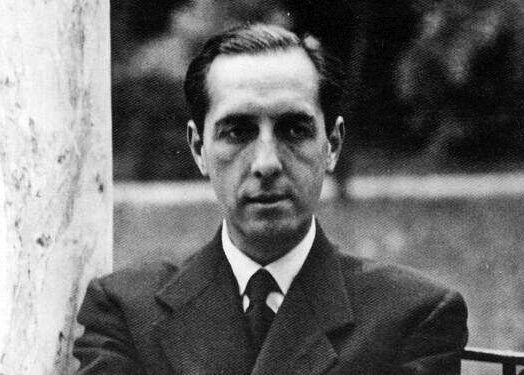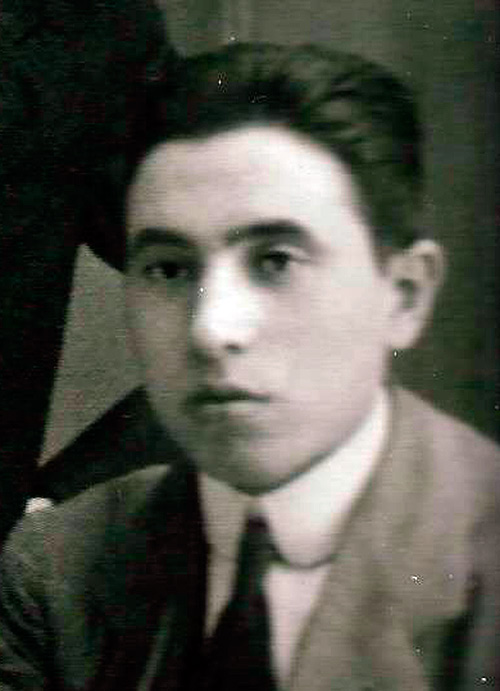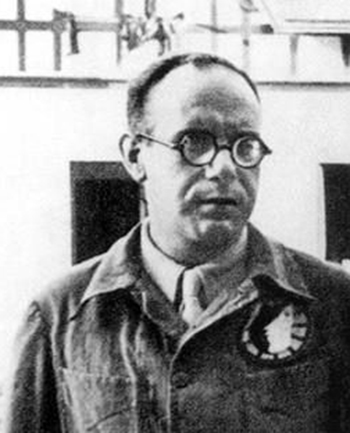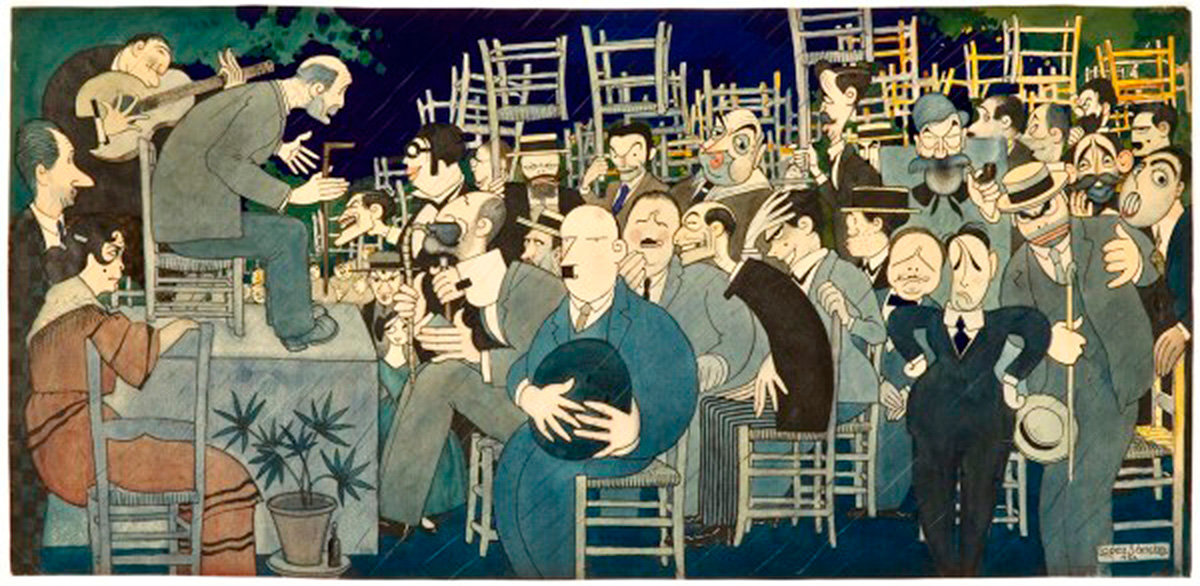
A contemporary and friend of Federico García Lorca, member of the El Rinconcillo tertulia and organizer, along with Manuel de Falla and Lorca himself, of the Flamenco Song Contest in 1922.
He lived in the Granada of the early twentieth century, in the Paseo de la Bomba, near Fernando de los Ríos. A cultured man, fond of drawing and a great music lover, he liked sports and participated in some of the excursions that his friends, including Manuel de Falla, organized to the Sierra Nevada. He was a contemporary of Andrés Segovia, Federico García Lorca, Manuel Ángeles Ortiz and Hermenegildo Lanz. He met Federico at the Centro Artístico, when he was very young, while playing a page of Debussy on the piano. He was part of the tertulia of El Rinconcillo, in the Café Alameda, where he met up with most of the artists and intellectuals of Granada at the time.
The last time Cerón and Federico met was in Granada in July 1936, in Plaza del Campillo. They met by chance and stopped to talk. Some girls approached them to ask them to collaborate for the International Red Aid. According to Cerón, Lorca agreed and jokingly proposed to go to Russia.
Miguel Cerón was a generous person. He helped a very young Andrés Segovia, seduced by a performance of the Madrid Symphony Orchestra at the Palacio de Carlos V, to get hold of a medium quality guitar at Benito Ferrer’s house. Andrés had to hide the instrument so that his aunt and uncle, with whom he lived, would not discover it. Cerón also played a prominent role in the publication of Federico García Lorca’s first book. His father, don Federico García Rodríguez, before paying for the editing of Impressions and Landscapes, decided to ask several people if the book was really worth publishing. He feared that his son was going to make a fool of himself. He consulted Luis Seco de Lucena, editor of El Defensor de Granada, Andrés Segovia and Miguel Cerón. All three were of the opinion that it should be published, that Lorca undoubtedly had a future as a writer, and Don Federico paid for the editing of this collection of travel prose, which was printed in April 1918 at the Paulino Ventura Traveset Printing and Lithography house, with a cover by Ismael González de la Serna.
Cerón witnessed the young Lorca’s inclinations for the theater. One day, in a viewpoint of the Generalife, after a tribute to Fernando de los Ríos, Federico recited in private for Gregorio Martínez Sierra and Catalina Bárcena (who were to perform at the Isabel la Católica Theater) a poem (now lost) about a wounded butterfly that falls in love with a cockroach. It moved them so much, according to Cerón, that they asked him for a theatrical piece and promised to premiere it at the Eslava Theater. This was the origin of The Butterfly’s Evil Spell, a title suggested by Martínez Sierra.
In 1922, Miguel Cerón, Manuel de Falla and Federico García Lorca were the promoters of the Flamenco Song Contest organized in Granada. They involved the Centro Artístico and the City Hall. The date coincided with the Corpus Christi festivities, in June, in the Plaza de los Aljibes. The success was resounding. The activity responded to the concern of its three promoters to revitalize this traditional Andalusian song and give it a prestige it lacked.
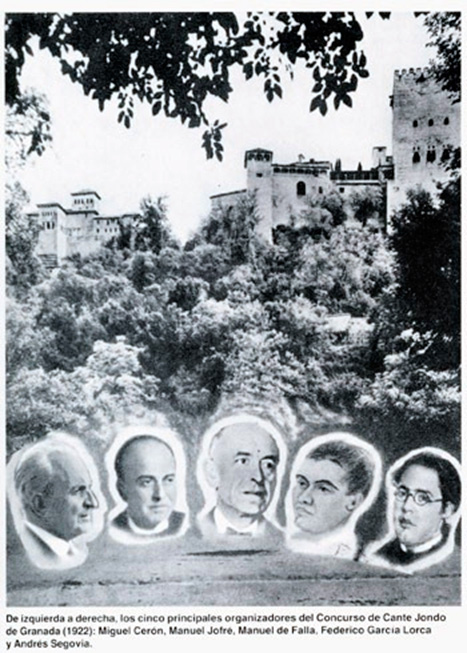
In 1924, Miguel Cerón was part of the group that accompanied Juan Ramón Jiménez and Zenobia Camprubí during their visit to Granada. Both the Lorca family and friends (the family of Fernando los Ríos, Emilia Llanos, Miguel Cerón, Falla and his sister…) did their best to attend to the poet and his wife. This trip gave rise to Juan Ramón Jiménez’s book Oblivion of Granada, which contains letters, anecdotes, memories and poems inspired by the city and which appeared posthumously.
Lorca’s father, before paying for the editing of his first book, ‘Impressions and Landscapes’, decided to ask several people if it was really worth publishing. One of them was Miguel Cerón, who corroborated Federico’s talent.
Miguel Cerón was the one who read to Federico, in an improvised translation, the work of the Irishman John Milllington Synge, Riders to the Sea, which probably influenced the conception of Blood Wedding.
The last time Cerón and Federico met was in Granada in July 1936, in the Plaza del Campillo. They met by chance and stopped to talk. Some girls approached them to ask them to collaborate for the International Red Aid. Lorca agreed, according to Cerón, and jokingly proposed to go to Russia.
Miguel Cerón Rubio has not left any written work, but his oral testimonies have been collected by several researchers and scholars of Lorca’s work: Agustín Penón, Manuel Orozco Díaz (a friend of his) and Ian Gibson. Cerón’s portrait of Federico García Lorca and himself as a testimony of friendship appears in Manuel Orozco Díaz’s book Figures in Lorca’s Granada, and in Marta Osorio’s book, Fear, Forgetfulness and Fantasy. Agustín Penón was able to see and interview him at his home and his words are reproduced in the books cited.
Miguel died in Granada in 1981.
